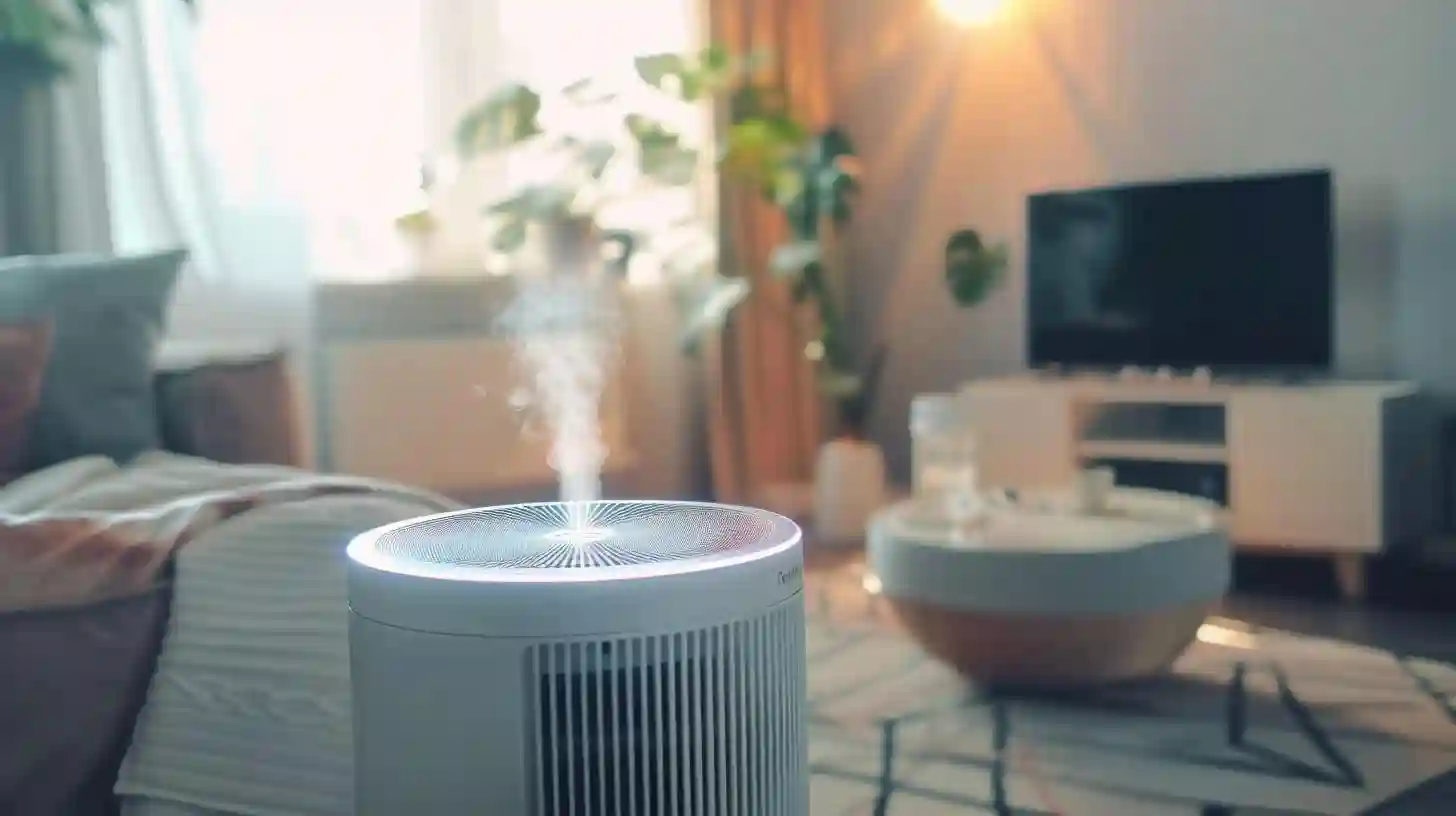
Curiosityarena

Air purifiers have become an integral part of maintaining indoor air quality in modern societies. The burgeoning concern for air pollution, allergens, and pathogens has driven significant advances in air purification technologies. At its core, an air purifier is designed to remove contaminants from the air, providing a cleaner and healthier environment. Understanding the principle behind air purifiers necessitates a comprehensive examination of their components, mechanisms, and the various types of pollutants they target.
The basic principle of air purifiers relies on the physical and chemical processes to remove or neutralize airborne particles and gases. Most air purifiers utilize a combination of filters, fans, and electronic mechanisms to achieve this goal. The primary component in many air purifiers is the filter, which can vary significantly in material, structure, and function. High-Efficiency Particulate Air (HEPA) filters are among the most commonly used filters in residential air purifiers. These filters are designed to capture at least 99.97% of particles that are 0.3 micrometers in diameter, including dust, pollen, mold spores, and other allergens. The dense, fibrous construction of HEPA filters traps particles as air passes through, preventing them from recirculating into the environment.
In addition to HEPA filters, other types of filters are often incorporated into air purifiers to target specific contaminants. Activated carbon filters, for example, are effective at adsorbing gases and volatile organic compounds (VOCs) due to their porous structure and large surface area. These filters operate on the principle of adsorption, where gas molecules adhere to the surface of the activated carbon, thereby removing them from the air. This makes activated carbon filters particularly useful for eliminating odors, smoke, and chemical vapors that can contribute to poor indoor air quality.
Some air purifiers also employ electrostatic precipitation as a means of capturing airborne particles. In such systems, air passes through an ionization chamber where particles are electrically charged. These charged particles are then attracted to oppositely charged collector plates, effectively removing them from the air stream. While electrostatic precipitators can be highly efficient at removing fine particles, they may produce ozone as a byproduct, which can be harmful in high concentrations.
Another advanced technology used in air purifiers is ultraviolet (UV) germicidal irradiation. UV-C light, in particular, has been proven effective in inactivating bacteria, viruses, and other microorganisms by damaging their nucleic acids and disrupting their ability to replicate. Air purifiers equipped with UV-C lamps can help reduce the microbial load in indoor environments, making them especially valuable in healthcare settings and places where hygiene is paramount.
Photocatalytic oxidation (PCO) is a process that combines UV light with a photocatalyst, typically titanium dioxide (TiO2), to neutralize pollutants. When UV light strikes the surface of the photocatalyst, it produces reactive oxygen species such as hydroxyl radicals. These highly reactive species can oxidize organic pollutants, breaking them down into harmless water and carbon dioxide. PCO technology is particularly effective against stubborn organic pollutants and VOCs that conventional filters may not fully capture.
Advances in air purifier technology have also led to the development of ionizers, which release negative ions into the air. These negatively charged ions attach to airborne particles, causing them to clump together and become heavier so they settle out of the air or are more easily captured by filters. While ionizers can improve air quality by reducing particulate matter, users must be cautious of the potential ozone generation, similar to electrostatic precipitators.
The efficiency and effectiveness of air purifiers depend on several factors, including the type and quality of the filters, the design and airflow of the unit, and the specific pollutants present in the environment. Regular maintenance, such as replacing filters and cleaning the unit, is crucial for ensuring optimal performance. Additionally, the placement of the air purifier within a space can significantly impact its ability to clean the air effectively. Positioning the unit in areas with high airflow, such as near a central return vent or in well-ventilated rooms, can enhance its efficiency in circulating and purifying the air.
Despite the variety of technologies available, no single air purifier can address all types of air pollutants entirely. Therefore, it is often beneficial to use a combination of filtration and purification methods to achieve comprehensive air cleaning. For instance, a multi-stage air purifier that incorporates a pre-filter, HEPA filter, activated carbon filter, and UV-C light can offer more robust protection against a wider range of contaminants.
Air purifiers are essential tools in combating indoor air pollution, but they should not be seen as a panacea. Improving indoor air quality also involves addressing the sources of pollution, such as reducing the use of chemical cleaning products, ensuring proper ventilation, and minimizing activities that generate smoke or dust. Additionally, maintaining a clean indoor environment by regularly vacuuming and dusting can significantly reduce the burden on air purifiers and enhance their effectiveness.
Understanding the principle of air purifiers provides valuable insight into how they contribute to healthier living spaces. These devices operate on well-established scientific principles, utilizing physical, chemical, and biological processes to remove or neutralize a range of airborne contaminants. From the intricate design of HEPA filters to the cutting-edge technology of photocatalytic oxidation, air purifiers represent a fusion of innovation and necessity in our quest for cleaner air. As research and development in this field continue to evolve, the efficacy and accessibility of air purifiers are likely to improve, making them an even more integral part of our daily lives. Achieving optimal indoor air quality requires a holistic approach that combines effective technology with proactive measures to mitigate pollution sources, ultimately leading to a healthier and more comfortable environment for all.